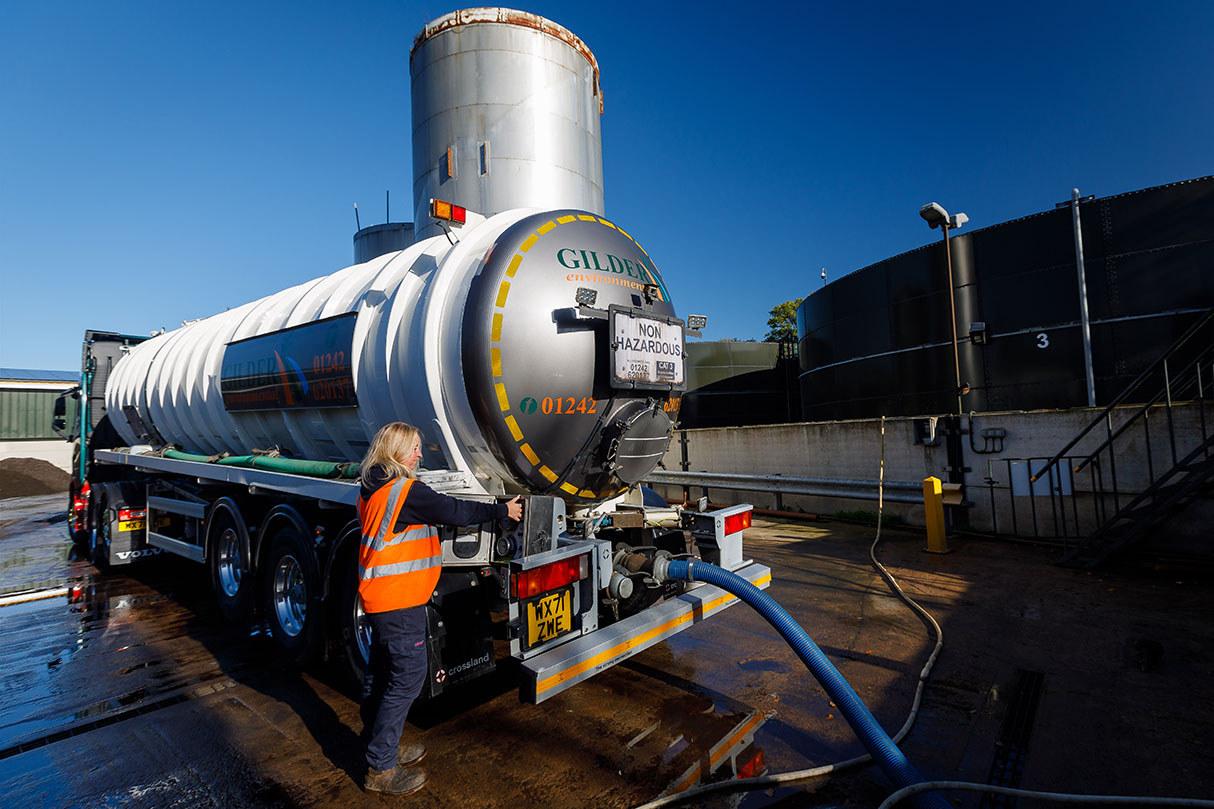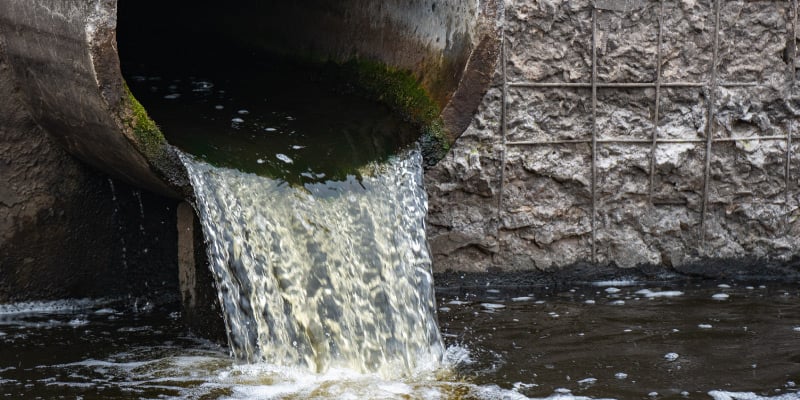Exactly How Liquid Waste Disposal Functions: An In-depth Review of Strategies and Technologies Employed

Summary of Fluid Waste Kind
The intricacy of fluid waste kinds demands a thorough understanding of their features and ramifications for disposal. Fluid waste can extensively be classified into numerous kinds, consisting of industrial, community, agricultural, and contaminated materials. Each classification exhibits distinct residential or commercial properties, needing specific administration methods to minimize environmental and wellness risks.
Industrial fluid waste originates from producing processes and usually contains a range of contaminants, such as hefty metals, solvents, and natural substances. Municipal liquid waste, largely consisting of wastewater from houses and business facilities, includes organic issue, nutrients, and pathogens (industrial wastewater treatment). Agricultural liquid waste, including drainage from farms, may include plant foods, pesticides, and animal waste, positioning dangers to water quality and environments
Dangerous fluid waste is defined by its poisoning, reactivity, or prospective to cause harm. Understanding these diverse fluid waste types is important for creating efficient disposal methods and making sure compliance with environmental guidelines.
Physical Treatment Methods

Testing is the initial step, where bigger particles and particles are eliminated from the fluid waste utilizing displays or grates. This process protects downstream devices from damage and ensures smoother procedure. Adhering to testing, sedimentation utilizes gravitational force to separate solids from fluids. In sedimentation tanks, much heavier fragments work out near the bottom, creating a sludge layer, while the clarified fluid can be more dealt with.
Filtration is one more crucial technique that includes passing the fluid through permeable materials, such as sand or membranes, to capture smaller sized fragments. This step improves the high quality of the fluid, making it suitable for succeeding treatment procedures.

Chemical Therapy Strategies
Chemical treatment strategies are vital for properly taking care of fluid waste, specifically in addressing liquified and colloidal impurities that physical approaches may not effectively eliminate. These methods use numerous chemical agents to neutralize, speed up, or change unsafe substances into less damaging types.
One usual method is coagulation and flocculation, where chemicals such as alum or ferric chloride are included in promote the gathering of put on hold particles. This process enhances sedimentation, allowing for much easier elimination of the resulting sludge. Additionally, oxidation procedures, employing agents like chlorine or ozone, are used to break down intricate organic substances and microorganisms, providing the waste safer for discharge or more therapy.
Neutralization is another crucial technique, which adjusts the pH of acidic or alkaline waste Learn More Here streams to neutral degrees, stopping possible damage to downstream systems and the setting. Moreover, advanced oxidation procedures (AOPs) use combinations of oxidants and ultraviolet light to degrade consistent contaminants, accomplishing a greater degree of treatment efficiency.
Biological Therapy Procedures
Organic treatment procedures play an essential role in the monitoring of liquid waste by making use of microorganisms to decay raw material and minimize contaminant degrees. These procedures can be extensively classified into anaerobic and cardiovascular therapies, each employing certain microbial communities to achieve reliable waste deterioration.
Cardiovascular treatment involves making use of oxygen to assist in the break down of natural products by microorganisms. This procedure is generally executed in turned on sludge systems, where oygenation storage tanks supply a favorable atmosphere for microbial development, leading to the oxidation of natural contaminants. The resultant biomass can be divided from dealt with effluent through sedimentation.
In comparison, anaerobic therapy takes place in the absence of oxygen, counting on various bacteria to break down natural issue. This technique is especially helpful for high-strength waste, liquid waste removal melbourne as it generates biogas, a renewable resource source, while minimizing sludge manufacturing. Technologies such as anaerobic digesters are frequently used in commercial and metropolitan applications.
Both cardio and anaerobic biological therapies not only lessen the environmental impact of fluid waste yet also facilitate source recuperation, making them crucial parts of lasting waste management techniques. Their efficiency, adaptability, and effectiveness sustain their widespread implementation throughout various markets.
Arising Technologies in Disposal
Cutting-edge strategies to fluid waste disposal are rapidly progressing, driven by developments in technology and a boosting focus on sustainability. Amongst these arising modern technologies, membrane layer bioreactors (MBRs) have actually gained grip for their capability to integrate organic treatment with membrane layer purification, resulting in top notch effluent that can be reused in different applications. MBRs make it possible for smaller sized impacts and much more reliable procedures compared to conventional systems.
One more promising advancement is making use of anaerobic food digestion combined with nutrient recovery technologies, which not only treats liquid waste however also creates biogas and recovers useful nutrients like nitrogen and phosphorus. This dual benefit boosts source effectiveness and reduces ecological influence.
Additionally, advanced oxidation procedures (AOPs) are being adopted for the degradation of complicated organic pollutants. These approaches use powerful oxidants and stimulants to damage down contaminants at the molecular degree, supplying a highly effective service for tough waste streams.
Additionally, the integration of fabricated knowledge and artificial intelligence in waste management systems is optimizing operational efficiency and predictive upkeep, resulting in reduced costs and improved ecological conformity. These technologies show a considerable change in the direction of even more reliable and sustainable liquid garbage disposal methods.
Verdict
In verdict, efficient fluid waste disposal demands a comprehensive understanding of various strategies and modern technologies. By continuously advancing these techniques, it comes to be possible to address the expanding challenges associated with fluid waste, eventually adding to environmental defense and resource healing.
Fluid waste disposal is a crucial element of environmental monitoring, requiring a comprehensive understanding of various techniques and technologies tailored to different waste kinds. Fluid waste can generally be classified into numerous types, consisting of industrial, municipal, agricultural, and dangerous waste. Agricultural fluid waste, including overflow from farms, may have plant foods, chemicals, and pet waste, positioning risks to water check it out high quality and environments.
Numerous physical therapy methods play a crucial role in handling fluid waste efficiently - industrial wastewater treatment.In verdict, reliable fluid waste disposal demands a comprehensive understanding of various methods and technologies